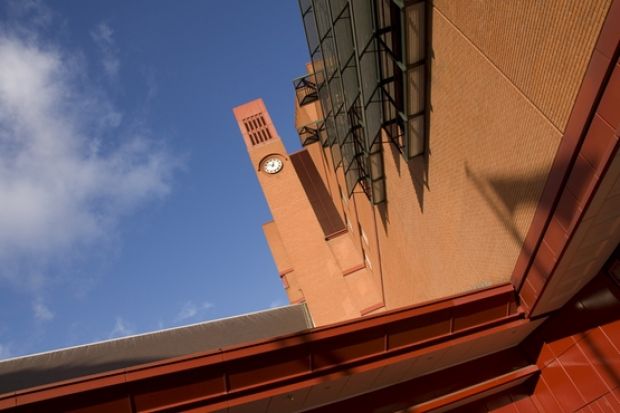Living Knowledge: The British Library 2015-2023, due to be launched by chief executive Roly Keating this evening with a call for renewed and sustained investment in the UK’s knowledge infrastructure, describes the challenging context. Despite an “increasingly digital and screen-based” culture, the demand for “high-quality physical spaces and experiences is [also] growing, not diminishing. We have seen a 10 per cent increase in visits to our St Pancras building in the past 12 months alone.”
The library’s “first and core purpose” would continue to be to “build, curate and preserve the UK’s national collection of published, written and digital content” – currently increasing by 0.8 kilometres of new physical material and 6.8 new terabytes of digital each month.
Now that the newspaper collection had been “save[d] and transform[ed]”, the next great challenge was the collection of 6.5 million audio items, growing at a rate of 4,000 per month. Since these are held in 42 different formats, “many will be unreadable within about 15 years through technical obsolescence, and unless action is taken, many precious recordings will be lost for ever”.
Equally significant is the library’s commitment to “support[ing] and stimulat[ing] research of all kinds: we have begun to create new generations of research spaces such as the multimedia newsroom in St Pancras.
“As demand grows, we will open up more varied study environments and ensure that our on-site services meet our users’ need for the widest possible range of content made easily and instantly available.”
Alongside this went a belief in developing the library itself as a major “independent research organisation”, not least because “the stronger we are in our own research skills, the more effective we believe we will be in supporting UK research as a whole”.
Living Knowledge goes on to consider the library’s wider roles in promoting learning, business and culture – and in developing major international links.
A partnership with the Qatar Foundation was already “deliver[ing] a vast and expanding resource of digitised primary sources relating to Gulf history and Arabic science”, while a Memorandum of Understanding with the Indian government had “set out a bold vision of collaboration”.
Furthermore, “at a time when wars and civil emergencies have too frequently put archives and library collections at risk”, it was up to the library to accept the “global dimension of our professional leadership role” and help preserve crucial scholarly resources by “support[ing] fellow institutions during and after conflicts”.
Register to continue
Why register?
- Registration is free and only takes a moment
- Once registered, you can read 3 articles a month
- Sign up for our newsletter
Subscribe
Or subscribe for unlimited access to:
- Unlimited access to news, views, insights & reviews
- Digital editions
- Digital access to THE’s university and college rankings analysis
Already registered or a current subscriber? Login




